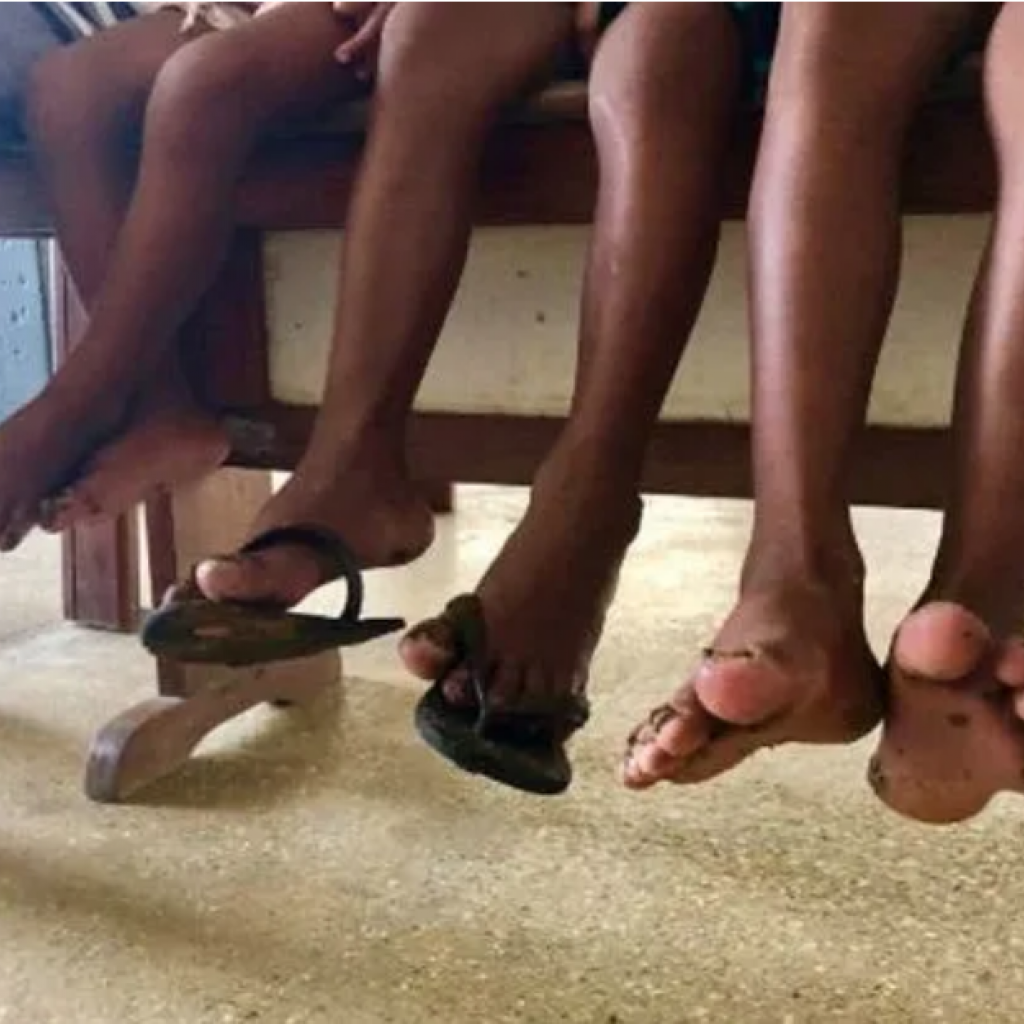Chromoblastomycosis: Training for national and district-level health workers

Course details
About this course
In 2017, the WHO added chromoblastomycosis (also called chromomycosis) to the list of neglected tropical diseases. Chromoblastomycosis is a chronic, progressive fungal infection of the skin and subcutaneous tissue. It is caused by melanized fungi that live in the soil and plant matter and primarily affects people living in tropical and subtropical regions. The primary mode of infection is by traumatic inoculation (e.g., during agricultural work). Early diagnosis and treatment are critical, as the disease can progress to involve tissue fibrosis and severe lymphedema, leading to stigma and disability. Prevention methods, including the use of protective clothing and shoes, have the potential to reduce infections.
The aim of the course is to provide information on the epidemiology, clinical presentation, diagnosis, treatment, and public health interventions for chromoblastomycosis. This course is designed to increase knowledge and skills of national program managers and front-line health workers to address this disease. The course also provides notes from the field from several countries to highlight successful approaches to the management of chromoblastomycosis in different regions.
By the end of this course, you should be able to:
- Describe the geographical distribution of chromoblastomycosis
- Identify common clinical presentations of chromoblastomycosis
- Explain different laboratory techniques to identify fungi that cause chromoblastomycosis
- Describe treatment and non-pharmacological interventions for chromoblastomycosis
- Identify the impact stigma has the social well-being of patients with chromoblastomycosis
- Explain how different countries are addressing chromoblastomycosis in their regions




 Infolep
Infolep